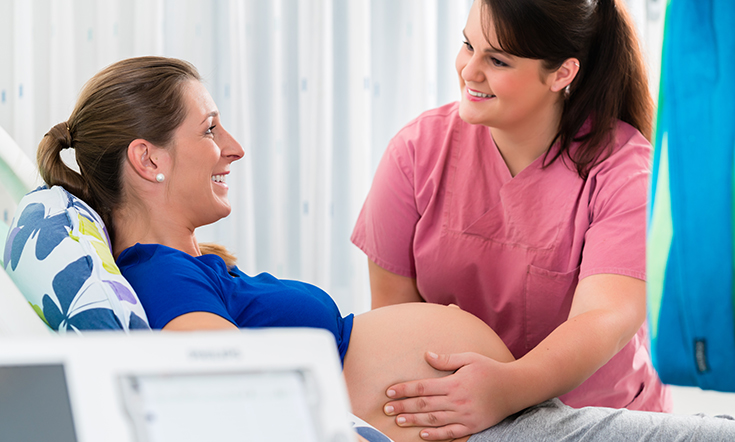

By around the eighth month of pregnancy most babies are positioned in the uterus, head down ready for delivery. But around three to four per cent of babies do not assume this position late in the pregnancy, and remain in a ‘head up, bottom down’ position, known as a breech position.
There are three types of breech deliveries;
- Frank Breech where the baby is born, bottom first, hips flexed and legs extended at the knee.
- Complete breech is where the hips and knees are flexed but the feet are not below the bottom.
- Footling breech, where one or both feet are the presenting part of the delivery.
There are factors that contribute to breech position, such as a previous breech, abnormally shaped uterus, low lying placenta, first pregnancy or a pregnancy to a mother who has multiple pregnancies, a short umbilical cord, excessive amniotic fluid, among many others. However, there are mothers who have all these factors but their babies are not breech.
You may hear of some doctors manually turning babies, this is known as external cephalic version (ECV) but this is only attempted by highly trained specialists, because there are significant risks such as serious bleeding, premature labour, wrapping the cord around the neck or knotting the cord of the baby, to name a few. Some mothers attempt to position themselves to encourage the baby to assume a head-down position in utero, but there is no research that suggests this is effective in anyway.
There are some risks involved with breech presentation, but many mothers have a normal vaginal or elective caesarean delivery. There are some known risks, such as premature birth and some other complications that may occur with delivery of a full term breech baby.
Delivery options will be discussed with a mother whose baby is in a breech presentation, because some can go through and have a normal vaginal delivery, but others may be best to deliver via caesarean section. There are many things to consider when making this decision, so it is best discussed with your doctor who will advise you on the safest delivery for your baby, based on your individual circumstances.























